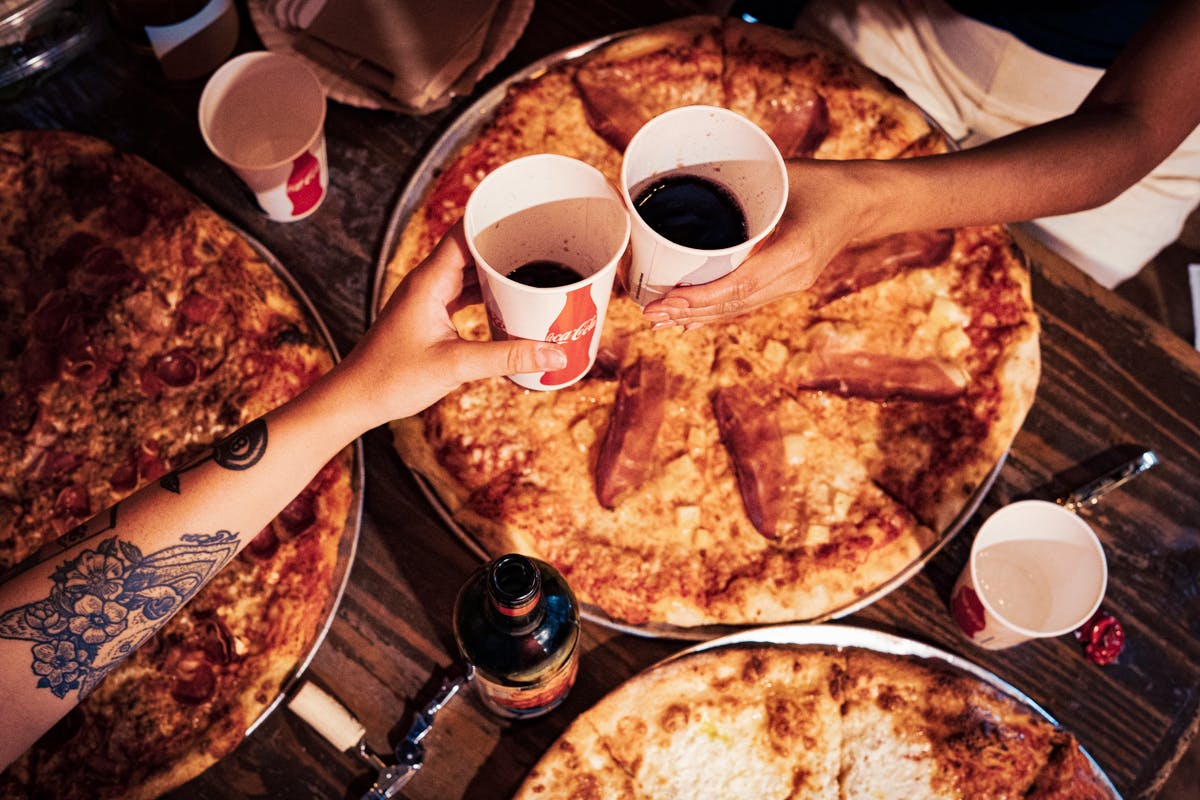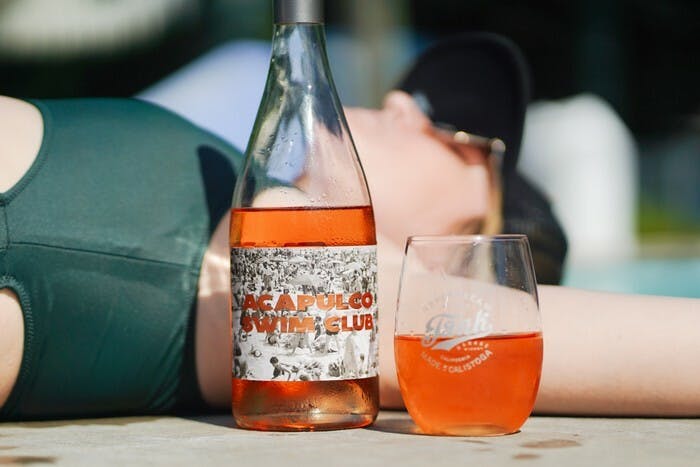Dancehall's roots lie in reggae, but it quickly diverged, reflecting the changing social and economic landscape of Jamaica in the mid-20th century. Its origins trace back to the dance halls of inner-city Kingston in the 1950s and 60s. These weren't just places to dance; they were the breeding ground for a musical revolution. Local sound systems, powered by generators and featuring massive speakers, provided the soundtrack, with selectors spinning early forms of reggae like rocksteady and ska, alongside American R&B. From these sound systems emerged the DJ, evolving from playing records to creating new lyrics for instrumental tracks, known as riddims. This practice, called toasting, laid the foundation for Dancehall's unique vocal style and made stars of DJs like Count Machuki and Sugar Minott.
The first Dancehall recordings came from Jamaican producers like Duke Reid and Henry "Junjo" Lawes. Recognizing sound systems' popularity, they created Dancehall tracks by repurposing instrumental or vocal passages from existing songs. New vocals, often featuring different singers and DJs, were overlaid, creating early Dancehall hits and launching careers of artists like Barrington Levy, Gregory Isaacs, and Junior Reid.
Turn Up the Volume & Pour a Glass: Celebrating Dancehall's Legacy
February 2025
At Tank, we're not just about crafting killer wines; we're about telling stories—stories that resonate, ignite conversation, and break the mold. They're stories that feel like a damn good time. Few stories are as compelling, vibrant, and explosive as the history of Jamaican Dancehall music. It's a cultural phenomenon that has reverberated across the globe, influencing music, fashion, and the very pulse of popular culture. It's a story of rhythm, rebellion, raw, unfiltered expression, and a culture we're truly stoked to celebrate with our newest wine, Big T'ings.


The 1980s witnessed a significant transformation in the Dancehall sound. Performers like Yellowman and U-Roy established the template for modern Dancehall: toasting over hard-driving, pre-recorded rhythms derived from classic reggae. Lyrics took a different turn, embracing salacious themes—a characteristic borrowed from earlier Caribbean music like calypso and mento. This lyrical focus, known as "slackness," distinguished Dancehall from the socially conscious music of roots reggae, exemplified by Bob Marley.
A further departure from roots reggae occurred with digital Dancehall in the mid-1980s. Producer King Jammy's work with electronic instruments, replacing traditional analog instrumentation and incorporating faster beats, marked the beginning of this new digital dancehall and ragga subgenre.
The 1990s ushered in the era of Dancehall superstars. Shabba Ranks and Bounty Killer rose to prominence, their recordings often dominated by lyrics celebrating slackness. As the new millennium dawned, Dancehall ascended to the global stage. Artists like Sean Paul, with crossover hits like "Get Busy," achieved mainstream success, paving the way for other Dancehall artists such as Elephant Man, Spice, Aidonia, and Vybz Kartel. These artists often blended pop and dance music elements into their sound, moving away from the overt slackness that had characterized earlier Dancehall.
A further departure from roots reggae occurred with digital Dancehall in the mid-1980s. Producer King Jammy's work with electronic instruments, replacing traditional analog instrumentation and incorporating faster beats, marked the beginning of this new digital dancehall and ragga subgenre.
The 1990s ushered in the era of Dancehall superstars. Shabba Ranks and Bounty Killer rose to prominence, their recordings often dominated by lyrics celebrating slackness. As the new millennium dawned, Dancehall ascended to the global stage. Artists like Sean Paul, with crossover hits like "Get Busy," achieved mainstream success, paving the way for other Dancehall artists such as Elephant Man, Spice, Aidonia, and Vybz Kartel. These artists often blended pop and dance music elements into their sound, moving away from the overt slackness that had characterized earlier Dancehall.

Within this vibrant history, a unique visual language emerged: the Dancehall signs that lined the streets of Kingston. These hand-painted masterpieces burst with vibrant hues, bold typography, and a distinct aesthetic that's both raw and refined. Imagine a kaleidoscope of colors—electric blues, fiery reds, sun-kissed yellows—colliding with bold lettering and evocative imagery. These signs are a visual symphony reflecting the music's raw energy and the community's vibrant spirit.
Maxine Walters, a director, producer, and champion of Jamaican art, recognized the profound significance of these signs—their impact on the community and their place in Jamaican history. Walters dedicated herself to preserving these ephemeral works of art, understanding their role in telling the complex story of Jamaica. Her collection, which she amassed by climbing hillsides, bridges, and light posts, showcases the raw creativity and rebellion that pulsated through Jamaica's cultural makeup. Walters' incredible collection was chronicled in a stunning book from Hat & Beard Press called "Serious Things A Go Happen: Three Decades of Jamaican Dancehall Signs."
Our Big T'ings label is a direct nod to these signs, and an homage to this raw art, which is now largely replaced with digital pieces. We wanted to do more than just create a delicious wine. We wanted to create an experience, a conversation starter, and a tribute to this rebellious and layered legacy.
So, the next time you uncork a bottle of Big T'ings, take a moment to appreciate the story behind the label. It's a story of music, art, resistance, and the transformative power of self-expression. It's a story that's as bold, vibrant, and unforgettable as the wine itself. Cheers to Big T'ings, and cheers to the enduring, irrepressible spirit of Dancehall!
Our Big T'ings label is a direct nod to these signs, and an homage to this raw art, which is now largely replaced with digital pieces. We wanted to do more than just create a delicious wine. We wanted to create an experience, a conversation starter, and a tribute to this rebellious and layered legacy.
So, the next time you uncork a bottle of Big T'ings, take a moment to appreciate the story behind the label. It's a story of music, art, resistance, and the transformative power of self-expression. It's a story that's as bold, vibrant, and unforgettable as the wine itself. Cheers to Big T'ings, and cheers to the enduring, irrepressible spirit of Dancehall!

Email Newsletter
Thanks for signing up! Never dream alone.





